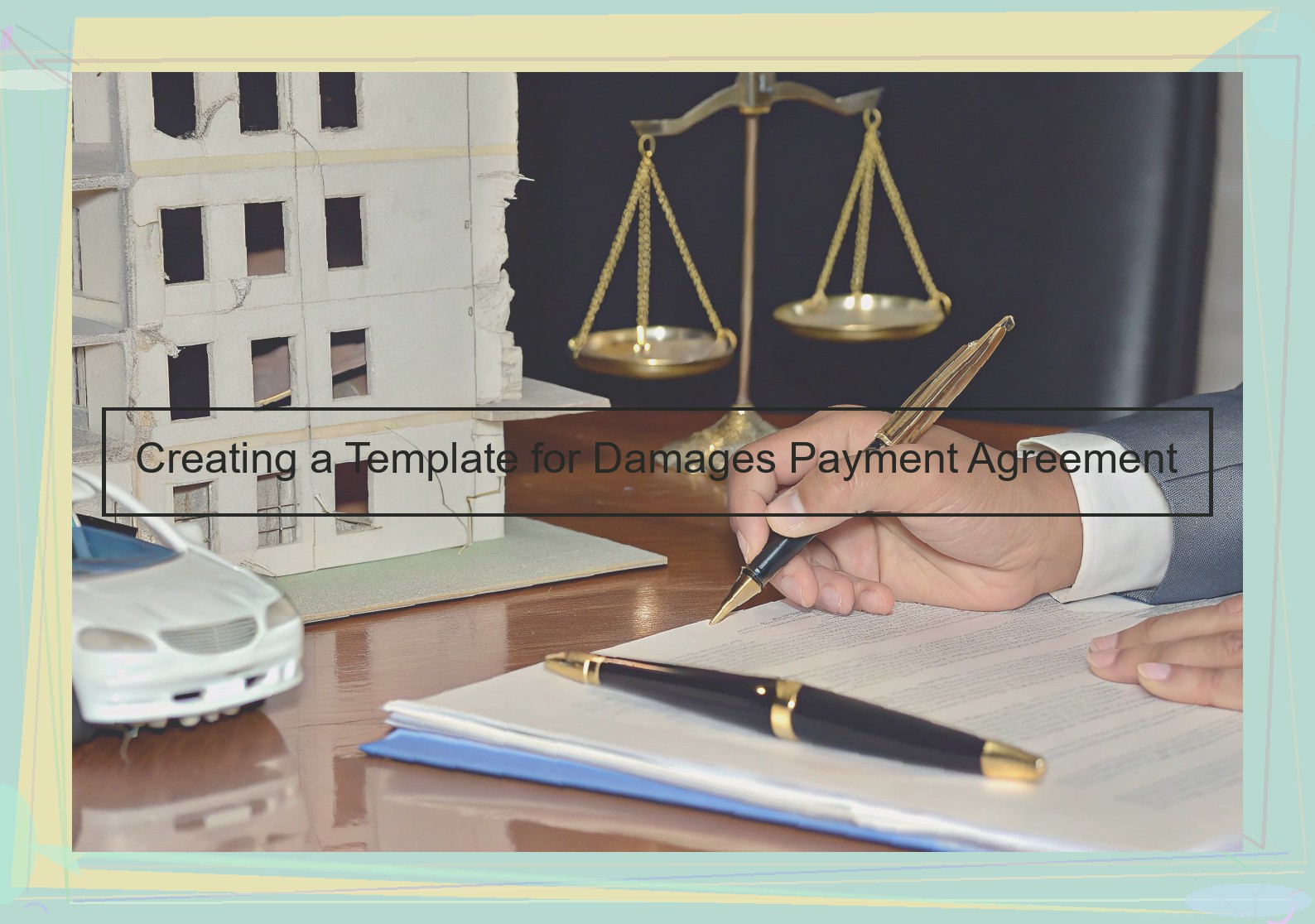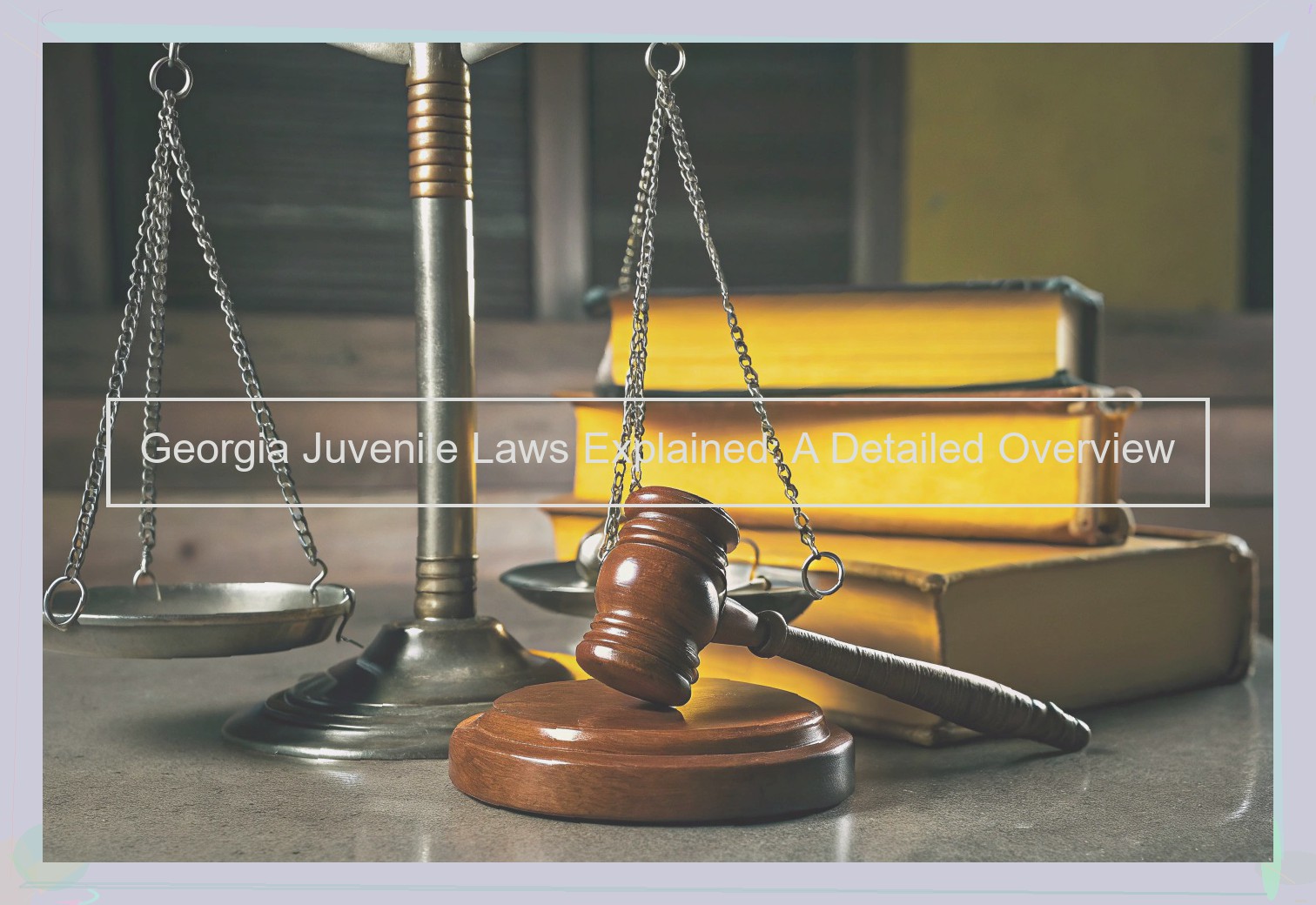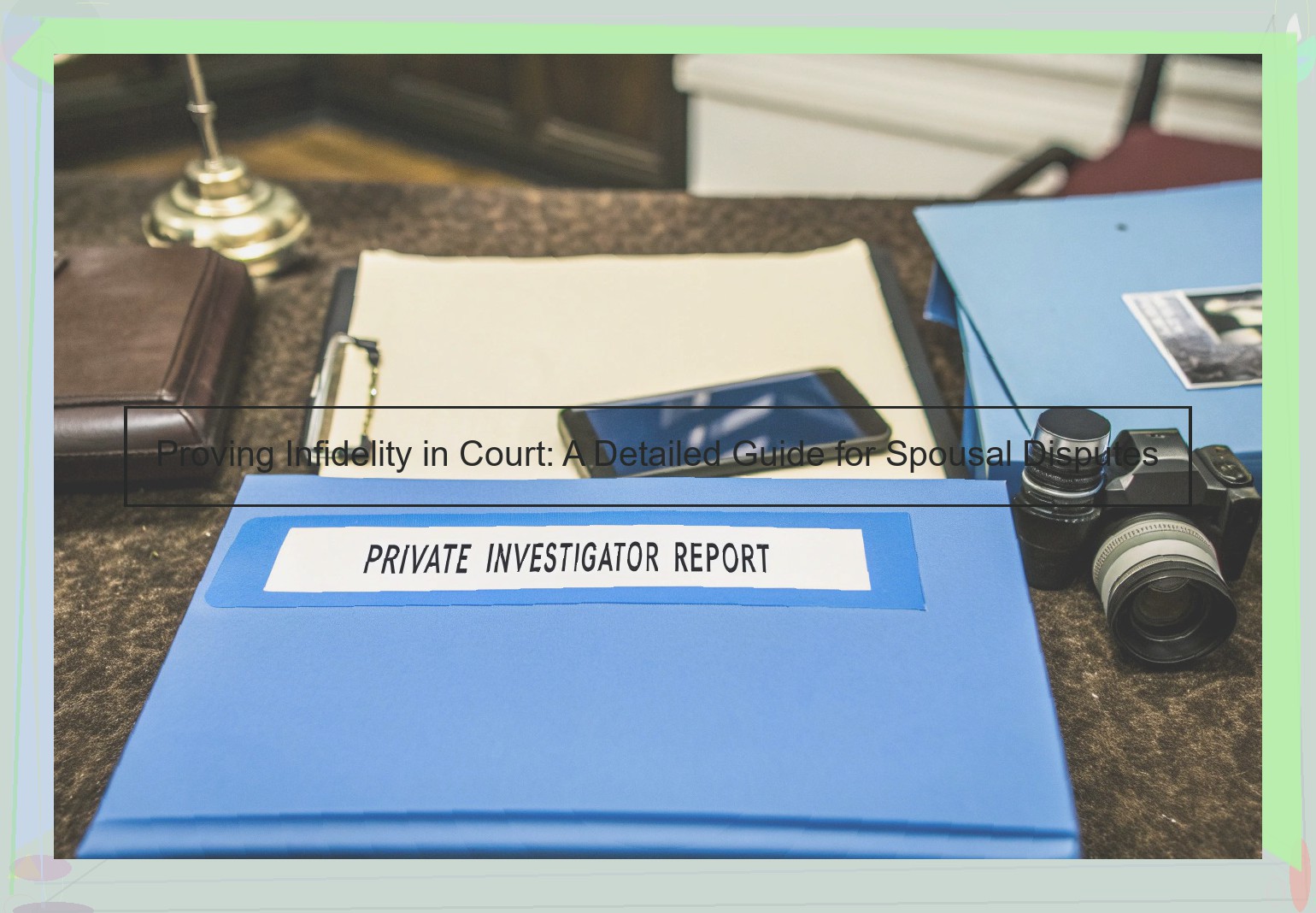Payment Agreements for Damages
Understanding the importance of a payment agreement to satisfy a damages claim. No matter what the circumstances might be, accidents and incidents do happen. A building might be damaged because of a stonemason’s mistake or negligence. A car might be damaged because of painting overspray or falling paint chips. A motorist might be involved in an accident with a drunk driver. When an injury occurs due to someone else’s negligence, or property is damaged due to someone else’s negligence, the responsible party should pay for the damages they cause. Ideally, the damages will be paid by the responsible party’s insurance company. If that’s not possible, the injured party should deal directly with the negligent party in order to pay for the damages caused by their negligence. In such cases, a well-written written agreement to pay is essential.
When a building is damaged, a written agreement between a stonemason and a property owner is required to satisfy a damages claim. For example, if a building contractor makes a mistake and damages a customer’s renovation project, the building contractor must enter into a written agreement with his insurance company to cover that damage caused by the contractor. If the contractor is unable to pay for the damages , the contractor should agree to make small monthly payments to the injured party until the damages are paid off. The same holds true for a vehicle that has been damaged in an accident but the at-fault party does not have insurance, or the at-fault party does not have enough insurance to cover all of the damages.
An agreement to pay is used in many situations where a person has been injured. A male nurse performing surgery on a patient at a hospital, a warehouse manager self-igniting a fire while demonstrating a fire alarm, a tree trimmer who fails to cut down a tree only to have the tree fall on a neighbor’s home. In every one of these situations, the damage was caused by negligence, by the treatment of a patient, a demonstration of a fire alarm, the trimming of trees. And in every one of these situations, a written agreement between the negligent party (or the negligent party’s insurance company) and the injured party is essential to document that the damages have been covered. In the absence of such an agreement, the negligent party remains legally liable for the payment of the damages.

Important Features of an Agreement to Pay for Damages
An agreement to pay for damages should include the following elements:
Parties
As in any contract, when creating an agreement to pay for damages, you must identify the parties involved. This should include your name and your partner’s name, or the name of the party causing the damage, or both. If there is a minor present at the time of the damage, make sure to include their name as well.
Description of Damages
It may seem clear what has been damaged and you may think that it should be wasted ink to write down an exact description of the property. However, even if you believe that a missing television is obvious, make sure to describe it anyway. You may be imagining a flat screen model with a screen size of at least 55 inches and with a specific color. Your partner may be thinking of something different, like a 30-inch tube TV with faded colors. If you are going to write down that a television was damaged, make sure to state which television you mean.
Payment Terms
In any agreement, you should include details about payment including how and when you will pay back damages. The general rule is that you should include a timeframe of no less than two weeks and no more than thirty days. If you think better, then you can agree on a shorter schedule, but you will need to be very confident that you can meet this deadline.
Specific Deadlines
With your agreement to pay for damages, you should include specific deadlines. As the damage-doer, you want the person you are paying to actually do the work, and as the damaged party, you want to see action. If you have agreed on a specific amount, a specific schedule, and specific deadlines, you are more likely to actually get the work done.
Legal Factors for an Agreement
When preparing an agreement to pay for damages, one must take into consideration the legal implications of such a contract. An agreement of this nature is essentially a legal obligation for the responsible party, or payer, to compensate the other party, the payee, for any proven damages. It is crucial that this agreement complies with the statutory and regulatory framework governing contracts in your jurisdiction, as well as the specific laws related to the subject matter.
In drafting the agreement, it is important to specify the type and extent of damages to be covered, including any limitations on coverage. For instance, will the damages include consequential damages or only direct losses? Additionally, clarify the process for documenting such damages as well as for determining the amount owed for them. This may involve mediation or arbitration in a way that complies with the laws and regulations of the jurisdiction in question. Should there be any anticipated need for dispute resolution, this aspect should be discussed prior to entering into the agreement.
Although the agreement may primarily be between two parties, it can have implications for third parties as well, depending on the scope of the damages that need to be covered and the nature of the agreement. This also points to the need for compliance with local laws when drafting the agreement. Some jurisdictions may require that certain terms be included, or be disallowed, in a damages payment agreement. It is advisable to note the governing laws in the agreement for future reference.
The use of clear language is vital in such agreements. Although most such agreements are fairly straightforward, using simple and clear language is the best way to ensure that there are no misunderstandings between the payer and the payee regarding the damages to be covered, or the scope of the agreement.
Special considerations may apply to any third parties involved, such as where a third party could be liable for damages accounted for in the damages agreement. There may also be additional risks involved with one party being unable to pay, or having a limited ability to pay, for damages. These risks, along with others associated with damages agreements, should be handled by selecting the appropriate legal structures and mechanisms for enforcing the agreement.
Drafting an Agreement Step by Step
A step-by-step process for drafting a template agreement to pay for damages will help in customizing this contract type to fit the needs of your situation. This process ensures that you are addressing all of your concerns, regardless of the nature of your underlying matter. The following steps will assist in your development of a comprehensive and effective template.
First, decide what type of event necessitates the agreement. Oftentimes, it comes after an accident or incident that causes damage to person or property. These incidents typically provide for a recovery for a person who files a lawsuit against a negligent party in order to recover for damages.
Second, draft an opening statement that discusses all of the circumstances that occurred, and the parties’ desire to come up with a binding agreement to settle any accounts owed by one to the other. This statement typically includes the date of the Party’s occurrence of the incident, the name of the individual who has been companioned with their protection by the contract, and the location.
Third, write your recitals, which will include a decision that a dispute exists, the date on which it arose, and the dates on which the two parties agreed upon the amount due and owing , known as the settlement amount.
Fourth, discuss the rights, obligations and duties of the parties to cover all work expected from each. Determine whether the agreement will include a witness, whether the document will be notarized, the right of assignment, and whether it will be legally binding on both parties. The agreement can be terminated upon the execution of a written termination document, or via mutual consent.
Fifth, provide for the agreement to be valid for a period of time. This could prevent the agreeing party from seeking relief from the agreement once it is signed and executed. Draft how notifications concerning changes in the form of payment can be made, as well as whether they must be submitted in writing and include both parties’ signatures.
Finally, ensure that the agreement contains a signature block with space for the names and signatures of each involved party. Copy some of the elements drafted during this procedure to create a template for your future agreements.
If you have been in an accidents and have incurred serious injuries, an attorney can assist you with the resolution of your claim. We can review your case, advice of your legal options, and should any settlement be required, assist you in negotiating of a settlement agreement.
Common Pitfalls
Creating your damages payment agreement shouldn’t be a headache, but many lawyers end up trapped into long-term misery by not fixing a couple of common mistakes when they draft their first one. Trouble is, these mistakes seem so small that most people don’t look at them twice until it’s too late: For some reason, legal professionals seem to have a hard time with dates. It’s possible that we’re all so used to just signing and dating documents that we don’t take the time to look closely at the dates on agreements. The fact of the matter is, when you draft your damages payment agreement, you absolutely must put the date you wrote it on the document. It seems simple and it is, but even that minor detail can save you a great deal of headache in the future. It will protect you if your client comes back 10 years down the road wanting to know why you’re sending them the payment months after the accident.
A confirmation of the damages is a line in the dirt that helps you protect yourself from future legal action. Without this added level of clarity, the judge may interpret the damages as a paper judgment that’s waiting to be paid. If the injury is within the statute of limitations, it can be pursued indefinitely. Create a damages payment agreement, and limit what they can ask you for in the future.
Many people assume that including a line for the parties to sign still means you have the right to change the agreement at any time or withdraw because it’s not legally binding until it’s been signed. The truth is, as soon as the events covered by the agreement occur you lose the legal authority to make a change to the agreement and the other party had "reasonably relied" on that agreement. So, if you’ve had a serious accident at the grocery store and agreed to pay damages and then reduce the agreement to writing after you’ve visited your attorney, the other parties in the accident have the right to seek compensation from your insurance company without the need to go to court.
Using Online Templates
A number of different websites provide templates for agreements to pay damages. Oftentimes you can find a way to download a template free. Otherwise, you can get a template from a company like LegalZoom.com, which charge for the documents. As you may expect, the quality of a particular agreement to pay damages template can vary widely.
One benefit of finding a damages payment agreement template online is that many are compatible with modern word processing software. Thus, even if you find an agreement to pay damages template for Microsoft Word or Microsoft Works you may be able to use it with your preferred word processing software. Conversely , if your word processing software is not common, then you may be out of luck when it comes to finding an agreement to pay damages template.
Another problem with downloading agreement to pay damage templates from unknown sources is that while they may work fine for what you need them for, it may be they do not hold up in court. This is particularly true when it comes to getting a settlement approved in civil court. As noted elsewhere on this blog, an agreement to pay damages template may be sufficient to get a judge’s signature, but not be foolproof enough to withstand a dispute down the road.


